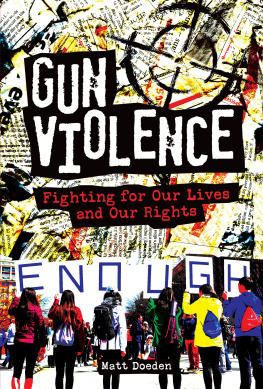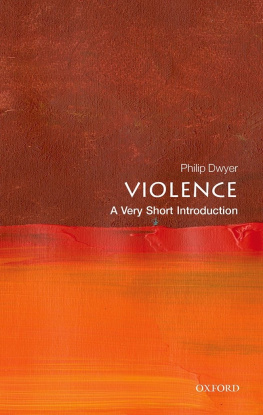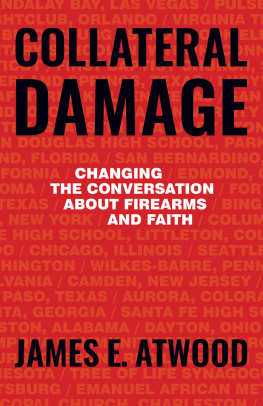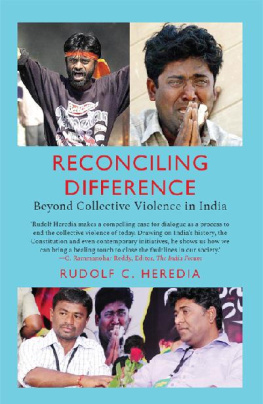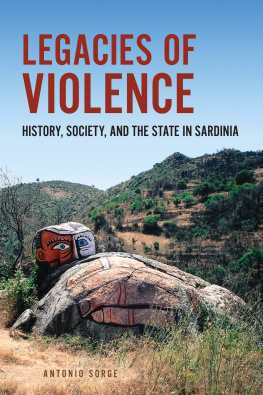The Politics of Collective Violence
Are there any commonalities between such phenomena as soccer sabotage by peasants of landlords property, incidents of road rage, and even the recent events of September 11? With striking historical scope and command of the literature of many disciplines, this book seeks the common cause of these events in collective violence. In collective violence, social interaction immediately inflicts physical damage, involves at least two perpetrators of damage, and results in part from coordination among the persons who perform the damaging acts. Professor Tilly argues that collective violence is complicated, changeable, and unpredictable in some regards yet that it also results from similar causes variously combined in different times and places. Pinpointing the causes, combinations, and settings helps to explain collective violence and its variations and also helps to identify the best ways to mitigate violence and create democracies with a minimum of damage to persons and property.
Charles Tilly has published more than twenty scholarly books in addition to monographs and edited volumes on political processes, inequalities, and European history Professor Tilly has held research and teaching positions at the University of Delaware, Harvard University, the University of Toronto, the University of Michigan, and New School University prior to his current position as the Joseph L. Buttenwieser Professor of Social Science at Columbia University.
Cambridge Studies in Contentious Politics
Editors
Doug McAdam Stanford University and Center for Advanced Study in the Behavioral Sciences
Sidney Tarrow Cornell University
Charles Tilly Columbia University
Other Books in This Series
Ronald R. Aminzade et al., Silence and Voice in the Study of Contentious Politics
Jack A. Goldstone (Ed.), States, Parties, and Social Movements
Doug McAdam, Sidney Tarrow, and Charles Tilly, Dynamics of Contention
The Politics of Collective Violence

CHARLES TILLY
Columbia University

CAMBRIDGE UNIVERSITY PRESS
Cambridge, New York, Melbourne, Madrid, Cape Town, Singapore, So Paulo, Delhi
Cambridge University Press
32 Avenue of the Americas, New York, NY 10013-2473, USA
www.cambridge.org
Information on this title: www.cambridge.org/9780521824286
Charles Tilly 2003
This publication is in copyright. Subject to statutory exception and to the provisions of relevant collective licensing agreements, no reproduction of any part may take place without the written permission of Cambridge University Press.
First published 2003
Reprinted 2004, 2006, 2007, 2008
Printed in the United States of America
A catalog record for this publication is available from the British Library.
Library of Congress Cataloging in Publication Data
Tilly, Charles.
The politics of collective violence / Charles Tilly.
p. cm. (Cambridge studies in contentious politics)
Includes bibliographical references and index.
ISBN 0-521-82428-1 ISBN 0-521-53145-4 (pb.)
1. Violence. 2. Political violence. 3. Collective behavior. I. Title. II. Series.
HM886.T55 2003
303.6 dc21 2002074067
ISBN 978-0-521-82428-6 hardback
ISBN 978-0-521-53145-0 paperback
Cambridge University Press has no responsibility for the persistence or accuracy of URLs for external or third-party Internet Web sites referred to in this publication and does not guarantee that any content on such Web sites is, or will remain, accurate or appropriate. Information regarding prices, travel timetables, and other factual information given in this work are correct at the time of first printing, but Cambridge University Press does not guarantee the accuracy of such information thereafter.
To Doug McAdam and Sid Tarrow,
still friends despite years of collaboration.
Contents
Preface
Human life is one mistake after another. We make mistakes, detect them, repair them, then go on to make more mistakes. Errors and error correction fill our days. If we are lucky, smart, or surrounded by helpful critics, error correction outweighs error, so that competence and knowledge actually improve at least for a while. Certainly my own experience as a student and teacher of political processes has told me so. Repeatedly I have thought I had identified an important principle, proved a crucial point, or found a superior way of communicating an argument only to discover that the principle suffered exceptions, the proof failed to convince, or the new rhetoric caused misunderstandings I had not anticipated.
My first book refuted my doctoral dissertation, a fact at least guaranteeing that the author under attack would not complain. This books vision of violence corrects mistakes I made during the 1970s. At that time I denied that collective violence constituted a causally coherent domain, but argued that most collective violence occurred as a by-product of negotiations that were not in themselves intrinsically violent. Another thirty years of work on political conflict helped me see the error of my earlier ways.
Although I still deny the existence of general laws from which we can deduce all particular cases of collective violence, I now believe that a fairly small number of causal mechanisms and processes recur throughout the whole range of collective violence with different initial conditions, combinations, and sequences producing systematic variation from time to time and setting to setting in the character, intensity, and incidence of violent encounters. I also see that my own research of the 1970s led me to exaggerate the prevalence of the forms of collective violence that this book calls scattered attacks and broken negotiations while neglecting brawls, opportunism, coordinated destruction, and violent rituals. Live and learn.
Brutal airborne attacks on New Yorks World Trade Center and Washingtons Pentagon occurred when this book was well under way. They and (even more so) the public discussion they initiated caused this book to say more about terrorism than I had originally planned. I still think that terror is a recurrent political strategy adopted by a wide variety of actors rather than a creed, a separate variety of politics, or the work of a distinctive class of people. But public concern about terrorists has led me to deal more extensively with sudden or clandestine attacks on civilian targets than I had intended and to spell out relations between such actions and other forms of political conflict at greater than my planned length. I hope my analysis will help readers rethink both their own understandings of terror and public policies designed to combat it.
A number of discerning readers helped me live and learn. Heartfelt thanks for criticism, information, and advice go to Rod Aya, Thomas Bernstein, Christian Davenport, Carmenza Gallo, Herbert Gans, Michael Hanagan, Hans-peter Kriesi, Fernando Lpez-Alves, David Stowell, Sidney Tarrow, Sudhir Venkatesh, Elisabeth Wood, Viviana Zelizer, and two anonymous readers for Cambridge University Press. Audiences at Yale and Columbia universities also subjected fragments of the book to salutary criticism.
I have adapted a few passages in the book from State-Incited Violence, 19001999, Political Power and Social Theory 9 (1995): 161-79.
It is now your turn to find mistakes and perhaps to correct them as well.
Next page



